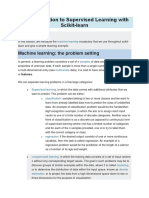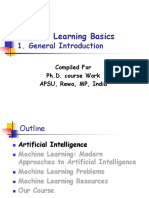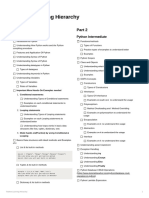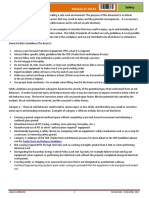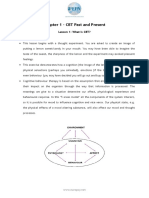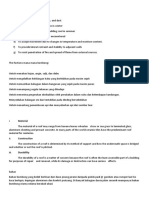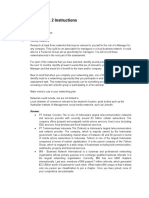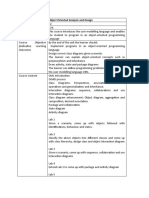0% found this document useful (0 votes)
173 views59 pagesLesson 06 Mathematical Computing Using NumPy
This document provides an overview of NumPy, a Python library used for numerical computing and data analysis. NumPy supports multidimensional arrays and allows for fast element-wise mathematical operations on large datasets. The key points covered include: NumPy arrays (ndarrays) have attributes like ndim (number of dimensions), shape (size of each dimension), and size (total elements); NumPy enables fast and efficient mathematical operations on multidimensional arrays; and examples are given of creating and printing one-dimensional, two-dimensional, and three-dimensional NumPy arrays.
Uploaded by
Sumanta SinhatalCopyright
© © All Rights Reserved
We take content rights seriously. If you suspect this is your content, claim it here.
Available Formats
Download as PDF, TXT or read online on Scribd
0% found this document useful (0 votes)
173 views59 pagesLesson 06 Mathematical Computing Using NumPy
This document provides an overview of NumPy, a Python library used for numerical computing and data analysis. NumPy supports multidimensional arrays and allows for fast element-wise mathematical operations on large datasets. The key points covered include: NumPy arrays (ndarrays) have attributes like ndim (number of dimensions), shape (size of each dimension), and size (total elements); NumPy enables fast and efficient mathematical operations on multidimensional arrays; and examples are given of creating and printing one-dimensional, two-dimensional, and three-dimensional NumPy arrays.
Uploaded by
Sumanta SinhatalCopyright
© © All Rights Reserved
We take content rights seriously. If you suspect this is your content, claim it here.
Available Formats
Download as PDF, TXT or read online on Scribd
/ 59











